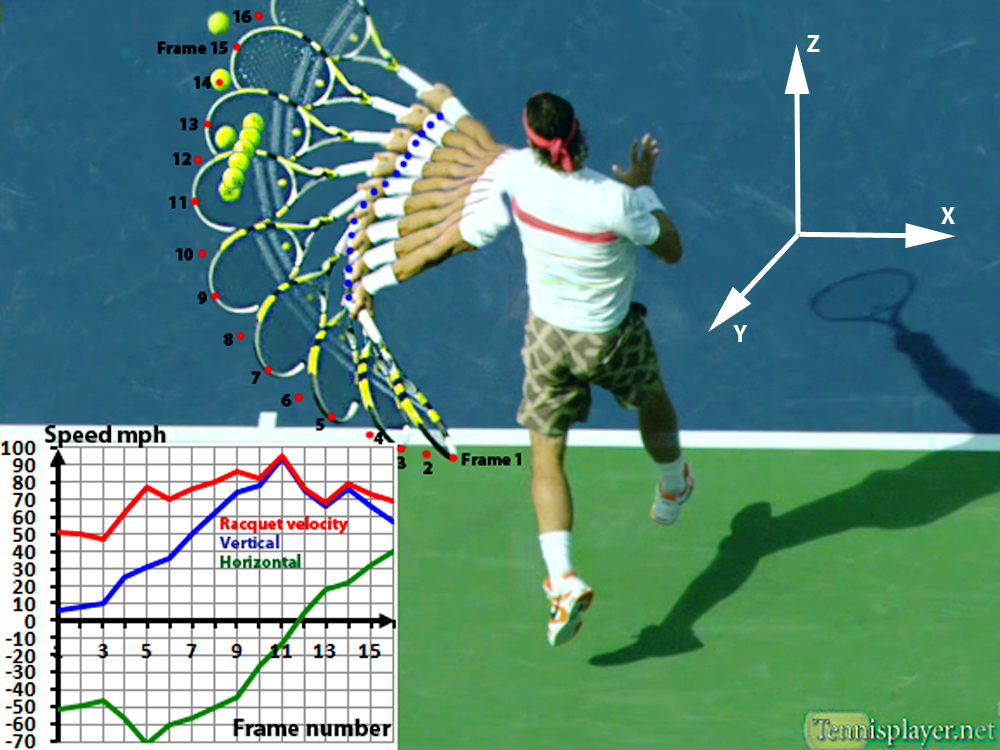The only problem
The only problem is why it was NOT defined b before
The second problem is what is the defintion of HORIZONTAL in post #145.
Obviously the y axis is a LOUSY answer.
Or
A projection on y axis is a LOUSY answer as well.
Absolutely.
The only problem is why it was NOT defined b before
The second problem is what is the defintion of HORIZONTAL in post #145.
Obviously the y axis is a LOUSY answer.
Or
A projection on y axis is a LOUSY answer as well.
Last edited:



